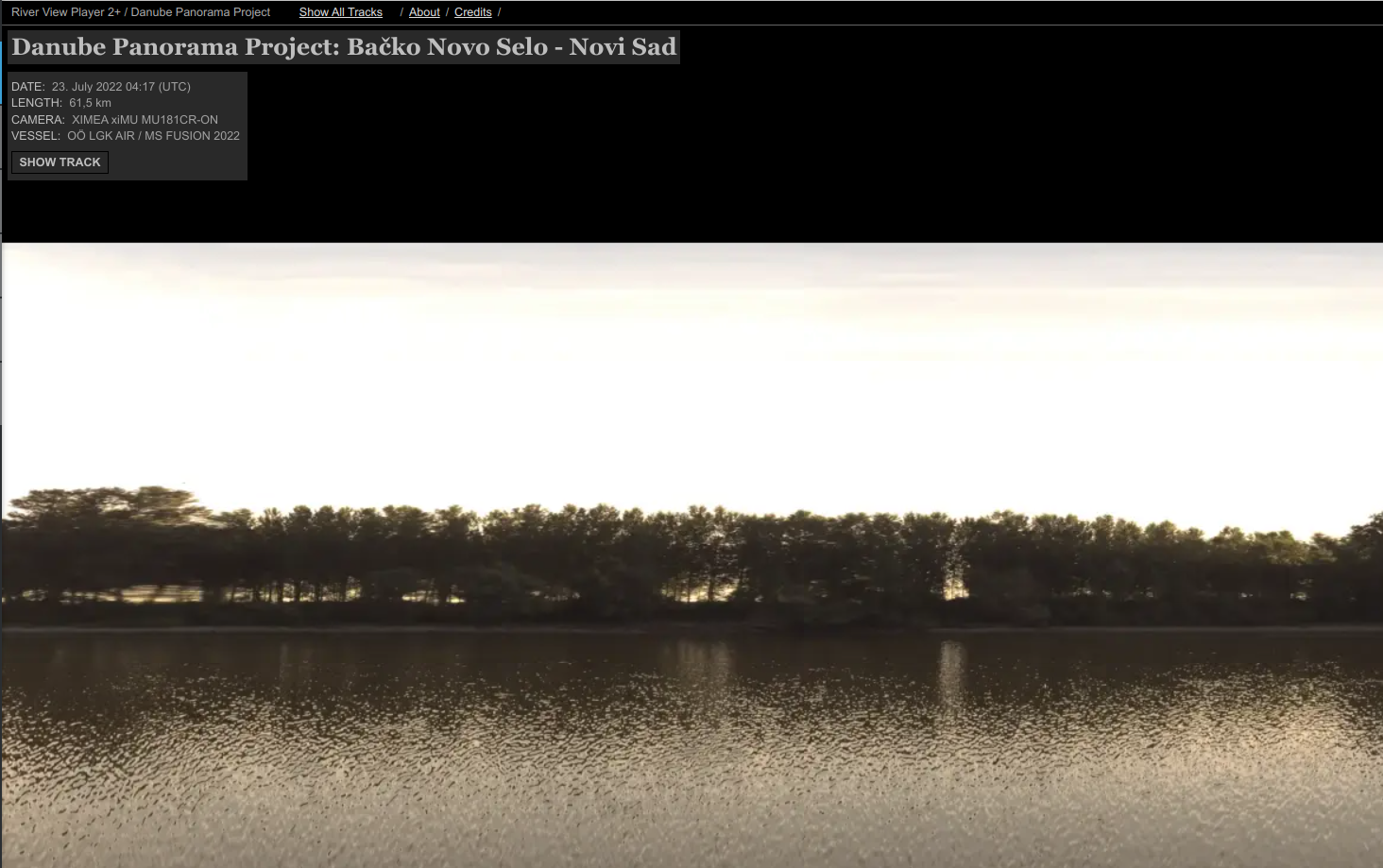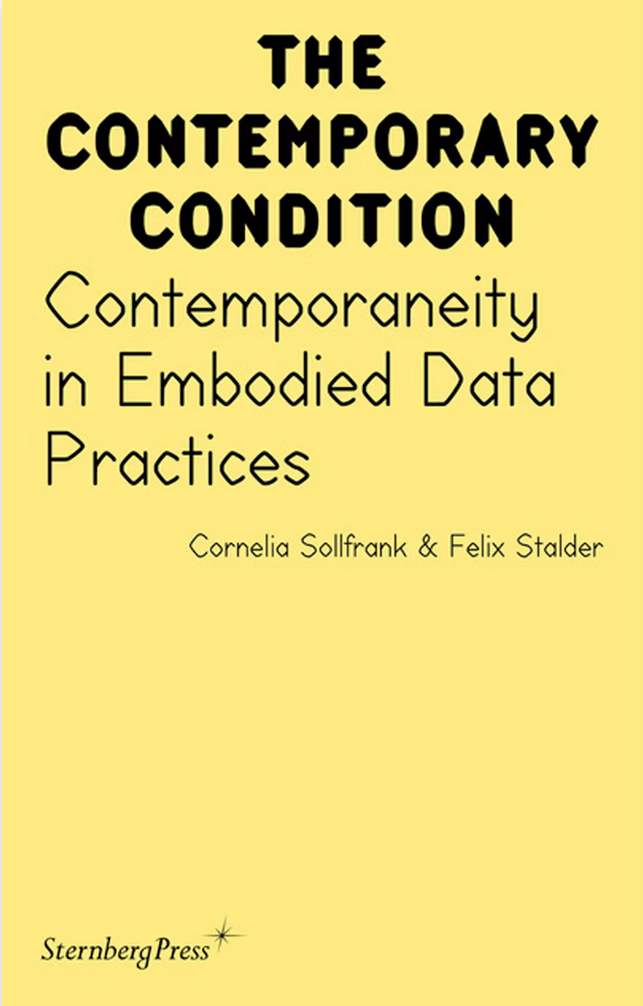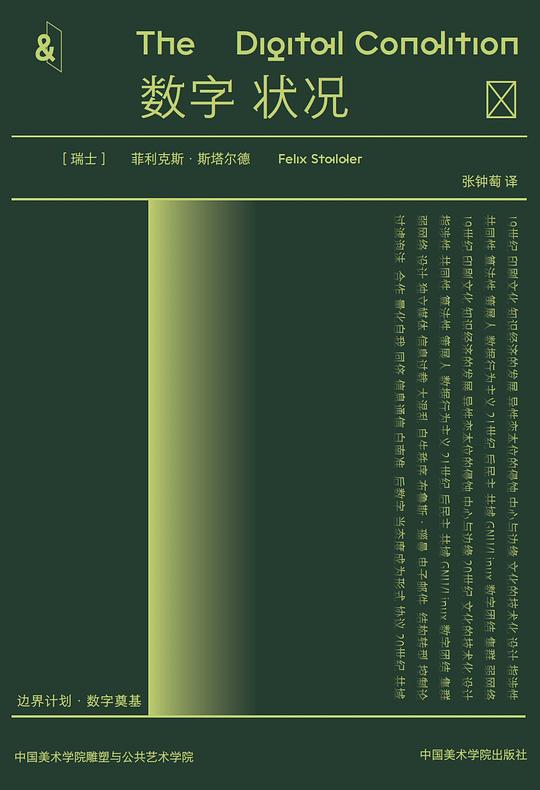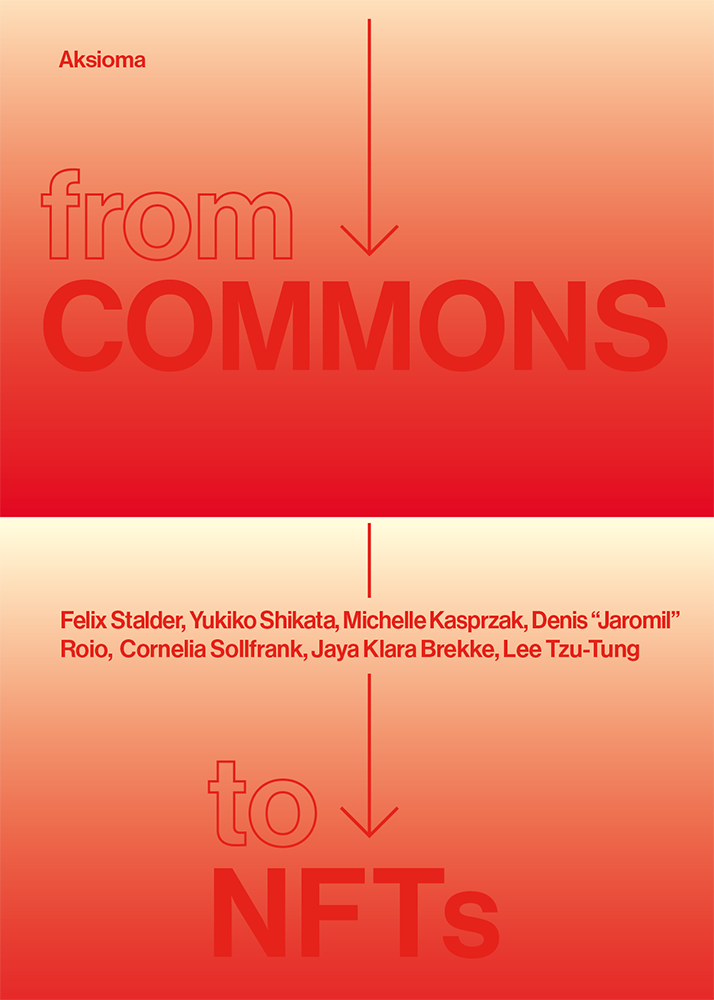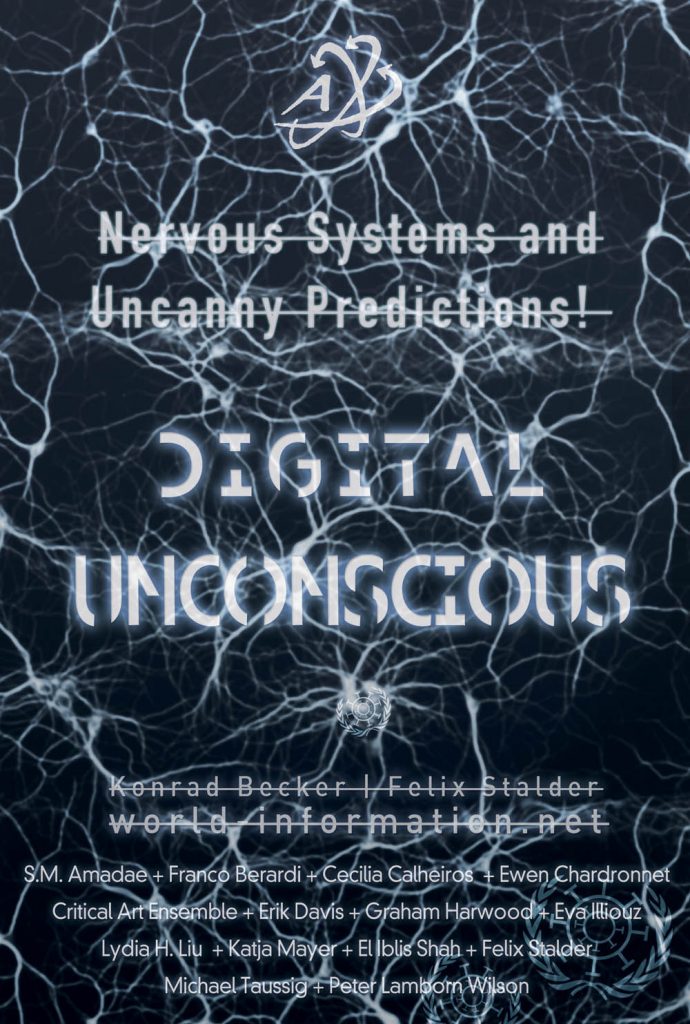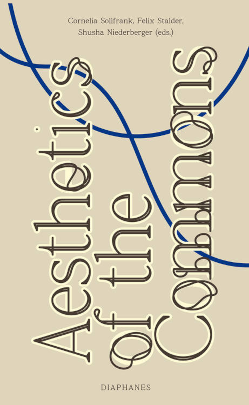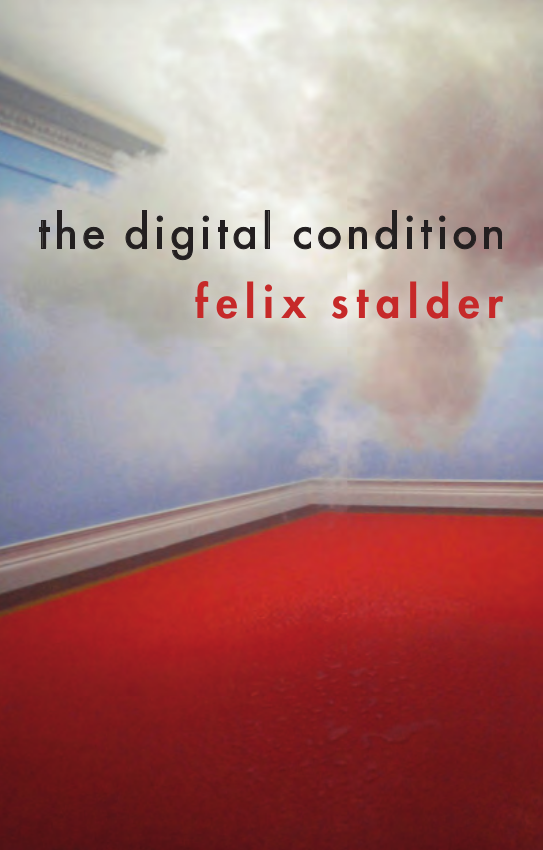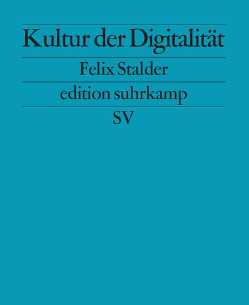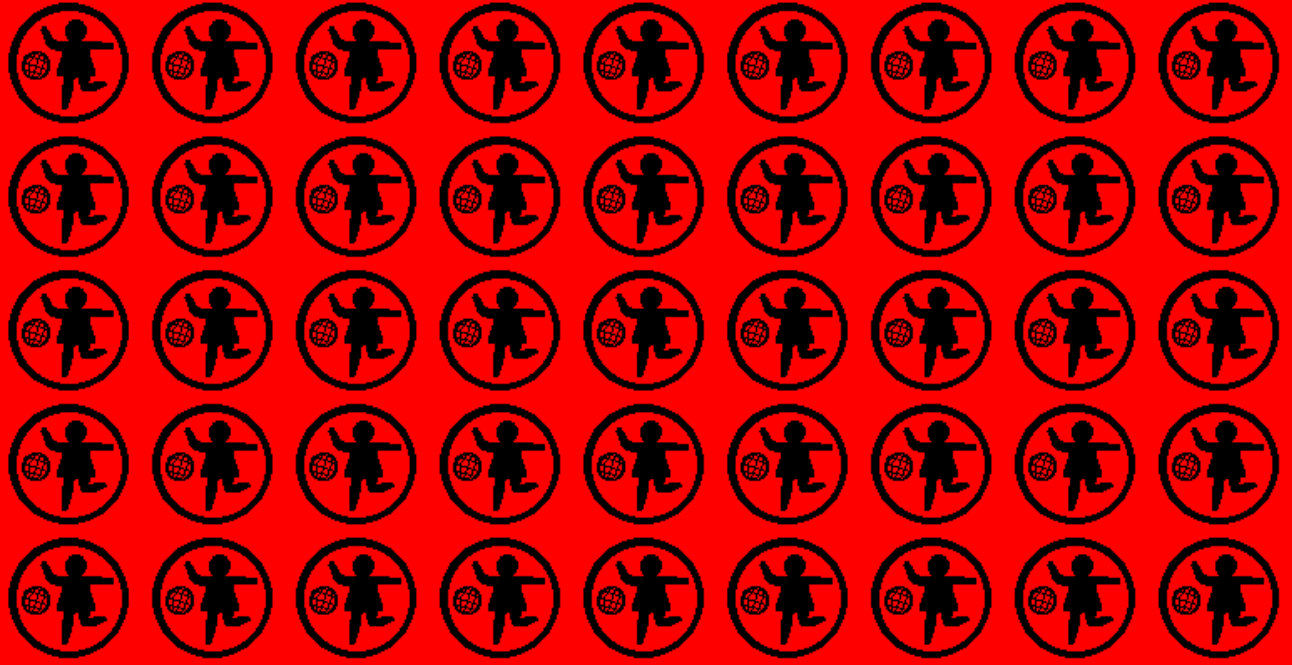
In this new edition of Danube Panorama Project, the Austrian artist Michael Aschauer maps, in 16 segments, 911,8 km of both banks of the Danube, from Linz (Austria) to Novi Sad (Serbia). The mapping, conducted by placing a video camera on a boat going down the river and continuously recording the shoreline, took place summer 2022. Europe was reemerging from Covid restrictions, climate breakdown manifested itself in the driest summer since recording keeping began. A major war was fought in Ukraine, in close proximity to the mouth of the river, providing the West-East connection of the Danube with a new strategic importance, adding yet another layer to a history already so rich and complex that it continuously spills over the embankments provided by nation-states.
Using custom-made software, Aschauer generated a single still image from the footage. The pictures we see now are composites of more than 19 million extremely narrow strips (each only two pixels wide), taken out of the middle of each video frame and joined into a single image-a digital slit-scan. If printed, the image would have the dimensions of 40 centimeters by 3 kilometers.
Composite Realism
The technical description is straightforward. But what kind of image is thus created? On the one hand, we see, in highly realistic fashion, the shoreline of one of Europe's most significant rivers, running through one of Europe's most volatile regions, at a time of multiple, escalating crises. Its many fractures overlap uneasily with the fact that river has always connected the region into a single geographical entity, the Danube Valley. The measured pace and relative distance at which the shore passes by suggests a geographical mapping, interested more in the smooth curves of the landscape than in the fissures of history. Though we are provided with exact time coordinates, down to the second, the panorama suggests timelessness. Day in and day out, the river flows inevitably eastwards and we float with it. There is no stopping.
On the other hand, this is clearly not what we see. The image is as artificial as they come. There are numerous visual artifacts that reveal the complex techniques used to assemble the landscape. Contrary to a traditional photograph, which condenses and freezes time, here time expands. Rather than seeing a moment, we see a span of hours, days, and months. Rather than seeing real time (even if arrested), we see synthetic time. In this sense, the image is closer to a painting than to photography. Yet, it is far removed from painting-it is created by an impersonal recording device: a camera mounted on a tripod, which is connected to a computer that processes input through a predetermined set of algorithms. But, this recording device, as technical as it may seem, is deeply subjective: it executes algorithms created by the artist precisely for this purpose. Since the image is so evidently artificial, there is no inevitability about its flows (Aschauer even created a view where the Danube is rendered as a straight line), and since we are not floating down a river, stopping the boat is not even a question.
Thus, the image we see is, at the same time, realistic and artificial, a mere recording of what is out there, and a subtle, personal rendering of highly malleable raw material. By using the banks of the Danube River as source material, the artist cannot but dive deep into European history-past, present, and future-and pose questions about (re)presentation of such a collectivity on a grand scale. By doing so, he has to confront two issues. First, it is clear that there can be no disinterested mapping. The very techniques of mapping are social artifacts and rather than simply representing the landscape, they actively construct it with specific agendas. Mapping is particularly problematic when it tries to suggest objectivity. Mapping always raises questions of power since it is so deeply intertwined with practices of governing. Second, and perhaps more important, there is no longer a stable place from which this mapping could be done. The two conventional visual strategies-the all-seeing bird's eye, firmly placed outside of the area of interest, or the individual's point of view as expressed in the central perspective-are no longer up to the task. If there is anything social theorists agree upon these days, it is that in a network society there is no longer a relevant "outside." For, being outside a network means to disappear into invisibility and irrelevance. Rather than a being a privileged position from which to have an "overview", to be outside is to disappear from the map.
Beyond the human perspective
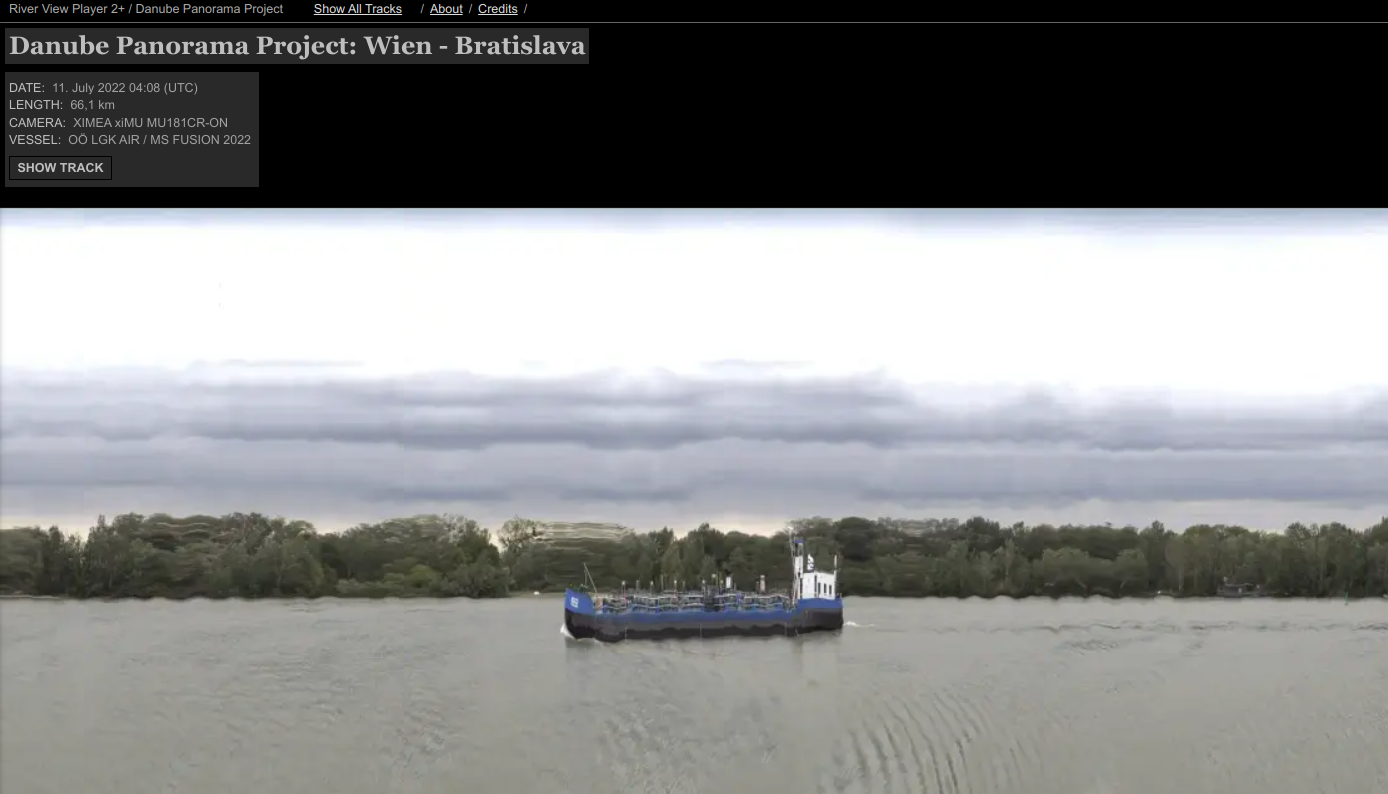
The earth may be round-thus posing no dangers of falling over the edge-but networks are not. They are self-referential. They know only their inside. Thus, any discerning position needs to be inside, closely connected to the things that matter. The bird's eye is blind. Yet, the individual perspective is no alternative, precisely because it is just one position. We do not have at our disposal a shared (or effectively imposed) normative system that could reliably privilege one position over others. This is not just a question of multiculturalism and the growing assertion of previously marginalized experiences. Given the extraordinary expansion of technical means of vision, it is not clear anymore if the human perspective as such (let alone which human perspective) is the most relevant point of view on such large collectivities as 911,8 kilometers of the Danube shoreline.
In some ways, this is not a new experience. Throughout the 20th century, we have seen a steady erosion of the preeminence of the human perspective. One hundred years ago, the cubists were among the first to sense this movement and seek a new visual language beyond the unified point-of-view. However, they and virtually all of their successors in modern art saw this process as one primarily of fragmentation, with little hope of ever putting the pieces together again. Indeed, deconstruction became the central mode of advanced thinking. Not anymore. We are reaching the end of the desert of fragments. While it's unclear what lies beyond the horizon, a few shapes are already becoming visible.
We are witnessing an explosion of tools of integration, yet they are not creating unified fields, as the old maps did, but flexible networks, expanding, shrinking, and morphing all the time. These networks are not simply human networks, rather they are heterogeneous, comprised, as Bruno Latour put it, of "humans" and "non-humans." These networks are, at the same time, single entities capable of producing effects and assemblies of semi-autonomous actors. They are re-balancing the old tension between individual and collective, between human, nature, and technology.
Whether this new balance is a hopeful one or not depends on how and where we examine it. It is clear, though, that in order to grasp it, we require a new language, and new forms of rendering things visible. These need to be realistic and artificial, objective and subjective at the same time. The Danube Panorama Project is an important contribution to this new visual language.
